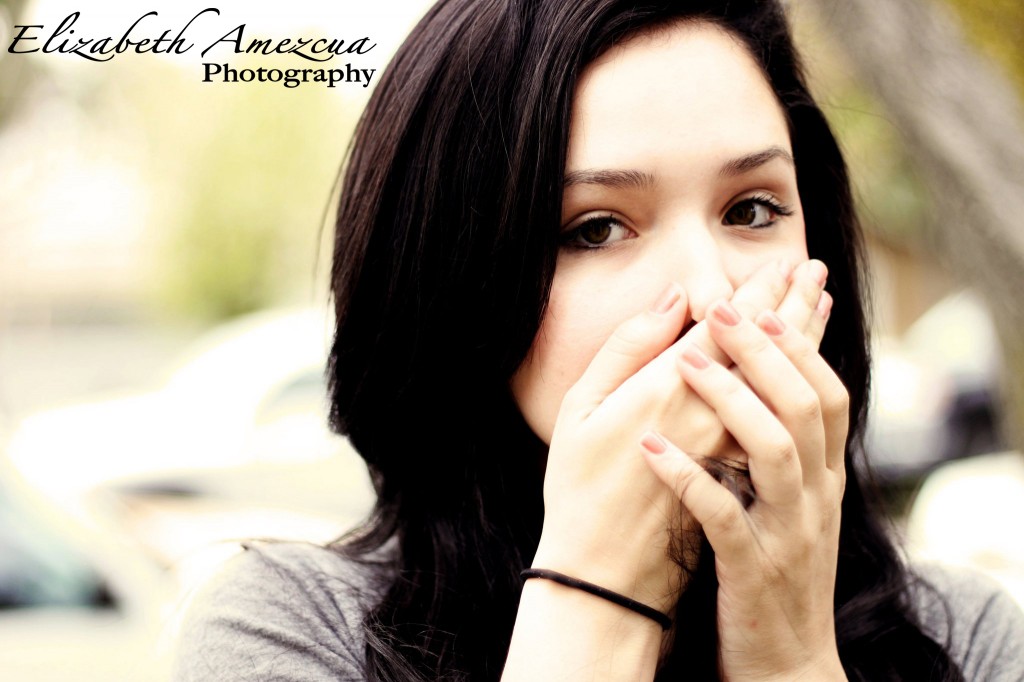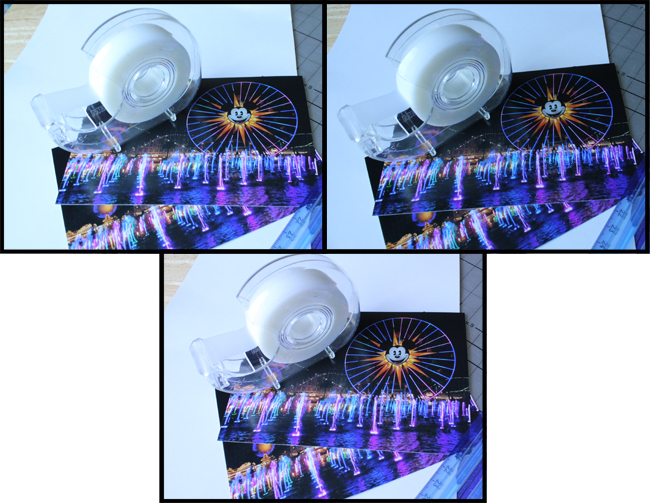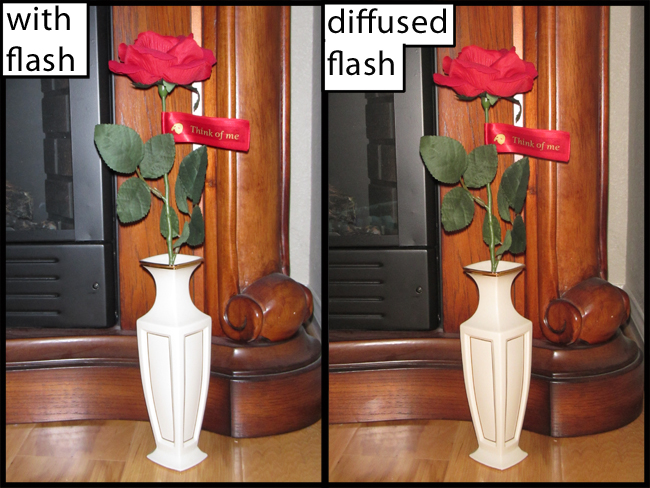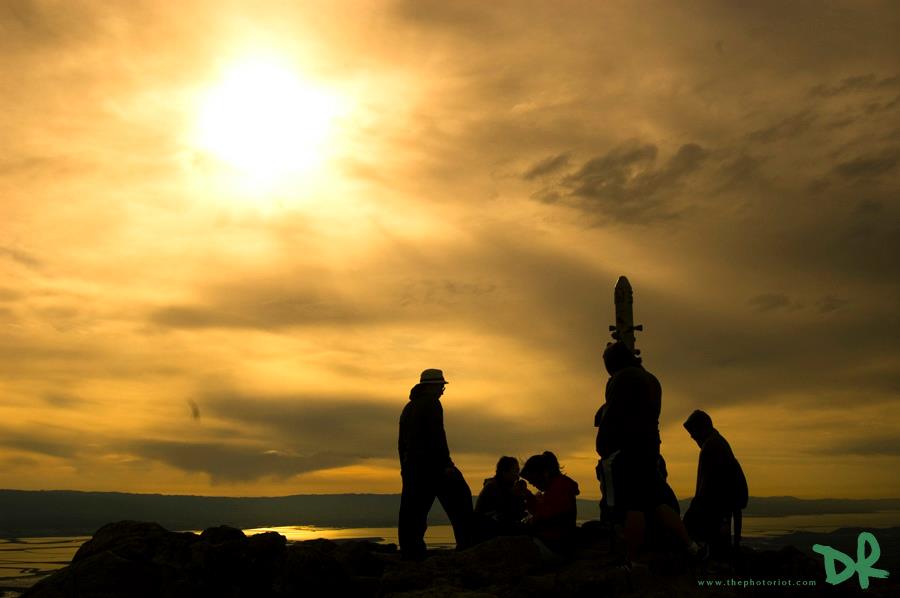Last week, we talked about the two main light sources available in photography. We hope you were able to take those tips out into the real world and apply them to your photography! This week, we're going to take it a step further by showing you two different ways you can manipulate the light to work in your favor. Reflectors Reflectors are used to reflect light onto a subject. This is usually done to focus the existing light to a certain place. Remember how we discussed backlighting our subjects last week? While this creates a great shot, it can also dim the foreground. This is the perfect time to use your reflector! Position the reflector so that it shines light onto your subject. Test out different positions until you achieve the best lighting – you're looking for radiant and glowing, with minimal shadows. Remember, side and angled lighting are best, so try to reflect the light in that manner.
Reflectors can be purchased from photography stores, but it is not always necessary. Building walls, billboards, trucks… basically any flat surface can act as a great reflector. Remember, the ground below you is a reflector as well! Light concrete, wet ground and hardwood floors all reflect light in different ways. For the DIYer’s out there, try making this four color reflector. Different colors will reflect light in different ways, so it’s nice to have options! A black reflector, for example, will not be as bright as a silver reflector.

 In this trio of pictures, the blinds on the window were pointed in different directions. In the top right photo, the blinds are pointed upwards. In the top left photo, the blinds are pointed downwards. The bottom center photo has the blind pointing straight across. Notice the difference in lighting in each photo.
In this trio of pictures, the blinds on the window were pointed in different directions. In the top right photo, the blinds are pointed upwards. In the top left photo, the blinds are pointed downwards. The bottom center photo has the blind pointing straight across. Notice the difference in lighting in each photo.
For DSLRs with a pop up flash, you can create a quick and easy reflector with a white business card. This is especially handy for indoor and party situations. Check out Marcus Helenius’ neat trick, which he has dubbed the “Party Bouncer.”
Diffusers Sometimes the light source you have is too bright, too strong, or too focused – think along the lines of a flashlight or spotlight. This is where the diffuser comes into play, softening and spreading the light to fill more of the space and reduce harsh shadows. To diffuse light, place something translucent (such as tissue paper, light scarves or a sheer curtain) in between the light and your subject. If you’ve ever draped a scarf over your lamp, you have diffused light. Ever taken a photo on a cloudy day? Yes, that counts! The clouds diffuse the sun, creating a glow instead of a spotlight as you can see in the photo below:
For your point and shoot, tape tissue paper over the built-in flash. To diffuse light in larger areas, hold a sheet between the light source and your subject, but make sure the sheet stays out of your shot! Bed sheets and blankets are great ways to diffuse large amounts of light. Natalie Norton has three great tips on how to utilize a white sheet in your photography. Just like with reflectors, the color of your paper or fabric will affect the look of your photo, so experiment with your options! If you’re up for a craft, try creating this diffuser, which can be placed in front of a light.
 When comparing the two photos above, notice that there is more detail in the photo with the diffused flash. The color of the vase is not blown out and the rose, itself, has a softer feel.
When comparing the two photos above, notice that there is more detail in the photo with the diffused flash. The color of the vase is not blown out and the rose, itself, has a softer feel.
Remember, you don’t need to buy all the fancy professional photography equipment! There are plenty of things already in your home that can help improve your photography. We hope these tips have been helpful! If we’ve missed anything, or you have your own tips to share, please let us in the comments below! Happy Mixbooking!

